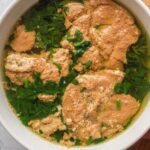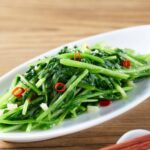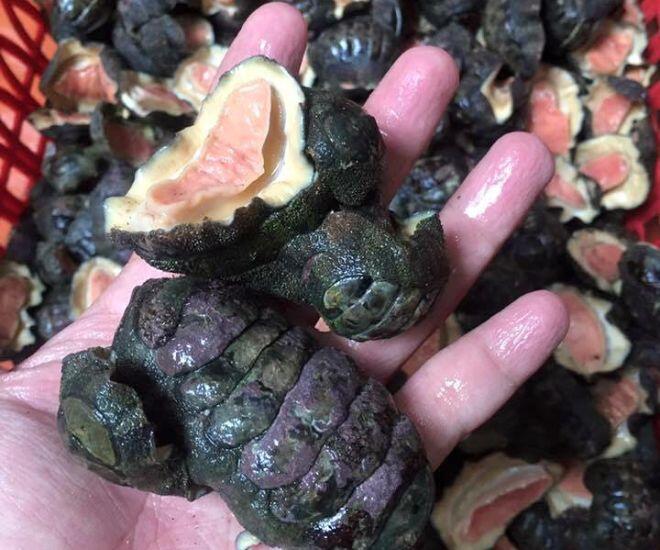
Chiton, or Polyplacophora, is an intriguing marine mollusk with a unique armor-like shell. Unlike bivalves such as clams and oysters, chitons possess eight overlapping plates that form a protective coat, allowing them to navigate rough surfaces with ease. This species, known as “song kinh” in Vietnamese, is a delicacy with an intriguing texture and a sweet, shrimp-like flavor.
Chitons, also affectionately known as “trúc biển,” “chúc biển,” or “tê tê biển” by locals, belong to the class Polyplacophora and possess a distinctive anatomy. Unlike their bivalve cousins, chitons boast eight individual shell plates that interlock to form a protective armor. This intricate shell is composed of aragonite, a strong mineral that safeguards these mollusks from predators and provides agility on uneven surfaces. When threatened, they can curl into a ball, shielding their soft underside.
The name “song kinh” translates to “double nerve,” reflecting the presence of two prominent nerve cords running along their body. These mollusks are found worldwide, from frigid waters to tropical seas, including the coasts of Vietnam, particularly in areas with honeycomb-like rocks and constant waves such as Sơn Dương (Hà Tĩnh), Vĩnh Hy (Ninh Thuận), and notably, Phú Quốc (Kiên Giang).

Chitons typically inhabit the intertidal zone, firmly attached to rocks or dead coral. Their remarkable adhesion makes them difficult to detach, requiring both strength and finesse. Camouflaged by a coating of algae, they seamlessly blend into their rocky surroundings. A distinctive feature is their unique scale-like pattern on the back, resembling the arrangement of seeds on a jackfruit but longer. In other parts of the world, they are known as “stone lizards” due to their immobile nature and resemblance to decorative tiles affixed to seabed rocks.
Chitons feed primarily on algae and seaweed that grow on rocks. They possess a specialized structure called a radula, which they use to scrape and consume their food efficiently. The ingested food passes through the esophagus to the stomach, where various digestive enzymes break down and absorb the nutrients. Their elongated mid-gut is well-adapted to process plant-based foods.
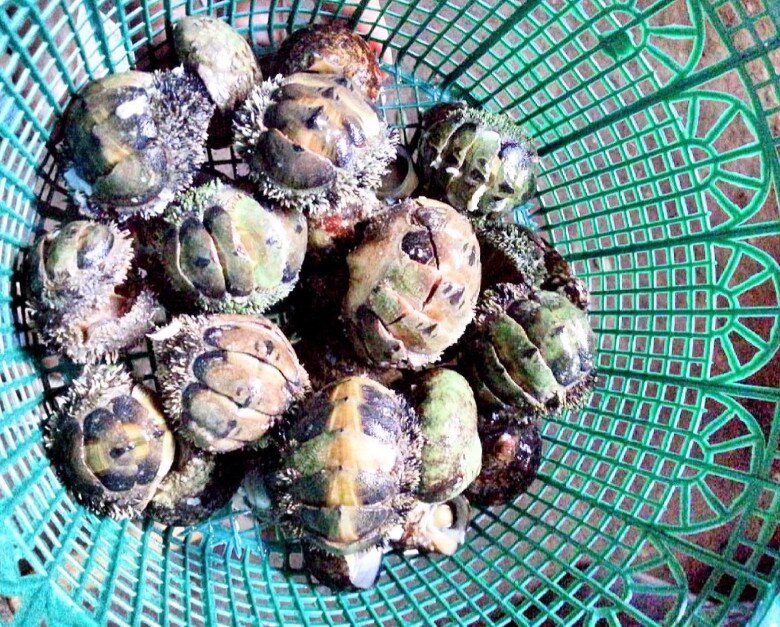
In their natural habitat, chitons face various predators, including seabirds, starfish, crabs, fish, and sea anemones. However, their strong adhesion and resilient aragonite shell provide effective protection. Additionally, their flexible bodies enable them to seek refuge in small crevices that are inaccessible to other hard-shelled mollusks during low tide.
Despite their unusual appearance, chitons offer a culinary delight with their white, crunchy, and slightly chewy meat, reminiscent of shrimp. They are also nutritionally comparable to abalone, making them a prized ingredient in local cuisine.
Preparing chitons for consumption requires a meticulous process. They are first blanched in boiling water, then carefully shelled and cleaned to remove any algae. This step demands patience and attention to detail due to their small size. The tough shell and stubborn algae require a vigorous scrubbing to reveal the delicate, ivory-colored meat within.
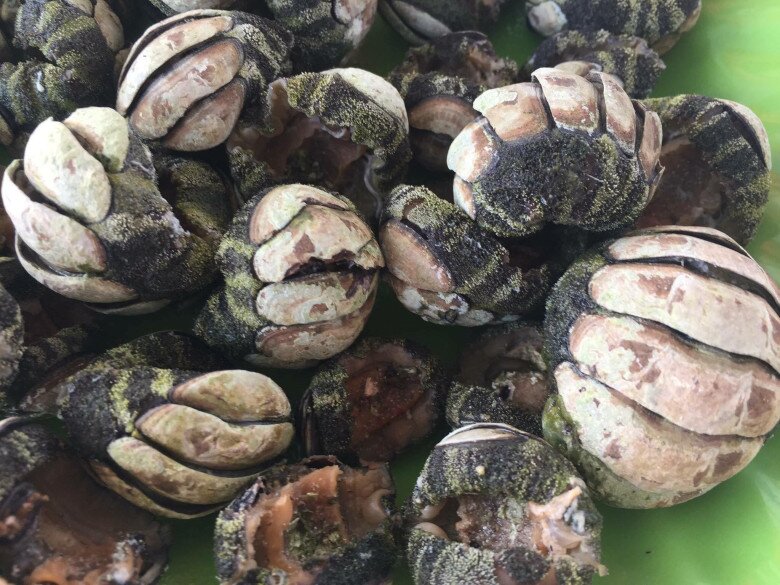
Once cleaned, chiton meat can be prepared in a variety of ways. The simplest methods to showcase their natural flavor are boiling or steaming. Dipped in ginger fish sauce or lime pepper salt, they offer a delightful sensory experience. For the more adventurous, they can be made into banana flower salad, porridge, or stir-fried dishes. Each preparation highlights their unique texture and flavor, appealing to both adults and children.
Guests who have sampled chiton salad in local homes in Kiên Giang rave about its intriguing taste and texture. The meat is slightly chewy with a pleasant crunch, a subtle sweetness, and a hint of shrimp that delights the palate.

Despite being a rare delicacy, chitons are mostly consumed locally and are not widely available in restaurants or tourist establishments. Additionally, while they offer a delectable treat, chitons may not suit everyone’s palate or digestive system. Individuals with sensitive stomachs or allergies should approach this dish with caution.
The Ultimate Guide to Crispy Fried Fish: A Secret Ingredient for a Mess-Free, Pan-Free Feast
Frying fish seems like a simple task, but it can be a daunting prospect for many, with the fish often sticking to the pan and oil splattering everywhere. However, with one familiar ingredient, you can transform this humble dish into a crispy, golden delight, with the fish emerging intact and the pan spotlessly clean.
“Soak Bitter Melon in This Liquid to Prevent the Itch: A Tasty Crunch, Even When Cooked.”
The processing stage is of utmost importance when it comes to preparing bitter melon. This crucial step helps eliminate the compounds that cause an itchy sensation. If not done carefully, you may experience an itchy mouth after consuming bitter melon, so it’s essential to take the necessary precautions.



























